A difficult road towards the big screen
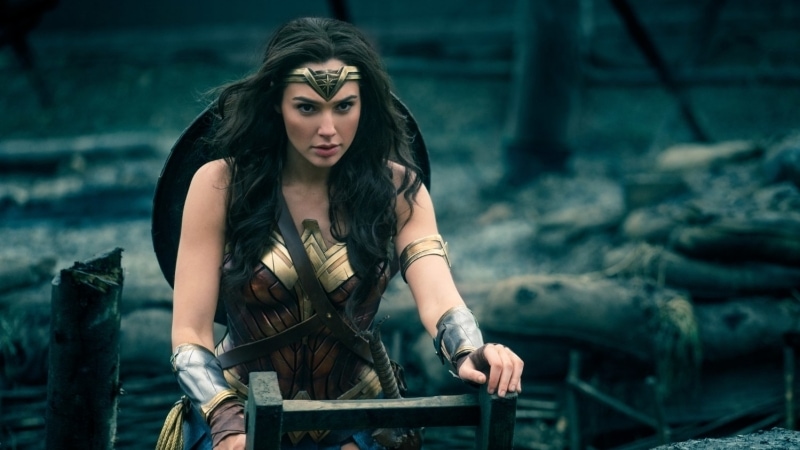
The first tries to develop a Wonder Woman film began after the Burton’s Batman boom, in 1996. People such as Ivan Reitman, Jon Cohen and, probably most famously, Joss Whedon had been tied with the project over the coming years, but nothing came out of it.
It was only one year ago, when Wonder Woman finally hit the big screen: in not so warmly reviewed – to put it mildly – Batman v Superman: Dawn of Justice (despite the fact I loved it and here‘s why). Nevertheless, most of the critics agreed to this: Gal Gadot as the famous superheroine was definitely one of the positive aspects of the film

Many people worried about the film, mainly because previous DC Extended Universe outings (Man of Steel, Batman v Superman and Suicide Squad) weren’t exactly met with awe. And despite the fact that I loved the first two and didn’t mind the third one, I was worried too. I wanted Wonder Woman to be successful both artistically and financially. Fortunately, the critics loved it (as of writing, the film has 93% positive reviews according to Rotten Tomatoes and its average rating is 7.6) and well… I loved it even more.
To end the Great War
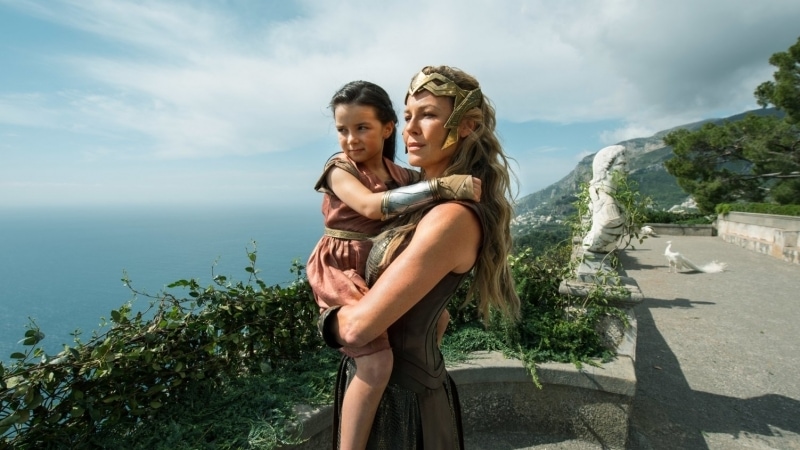
Diana is brought up on Themyscira island by her mother, Hippolyta, and trained as a warrior by general Antiope. One day, a plane piloted by a Steve Trevor crashes near the Themyscira shores. This causes a train of events, which will make Diana leave her island for a quest to bring an end to the Great War. Well, ANY war, actually.

Firstly, the story has its roots in Greek mythology. True, Heinberg doesn’t follow the classic myths very closely. He rather mixes them with his own ideas and previous comic book stories by the likes of Perez or Azzarello. What comes out of it, although not very original, is interesting and it definitely fits the world of Wonder Woman.
Secondly, we get a perfect introduction to the world of Amazons. We learn about they’re customs, habits and beliefs, which helps us later on to understand Diana’s motivations better. The best thing about this part, however, is how the women of Themyscira interact with each other. Here it is the main trinity – curious Diana, loving and caring Hippolyta, and ruthless Antiope – and their complex relationship that completely absorbs you.

Although it is unquestionably Diana and her naive idealism that are at the heart of the film, it is not only a tale of her origin as a superheroine, but also an anti-war story. And although it isn’t as spectacular as Gibson’s Hacksaw Ridge, it is at least as effective. So if you’re a pacifist, it confirms your attitude, and if you don’t mind war, it makes you rethink the problem. Even if the story tends to be a little bit “in-your-face” from time to time.
The third act, where Diana finally fights the villains, is also quite good. There are a few bad guys and the main antagonist has a chilling secret. And although the writer does not let this secret have as great impact as one would presume it would, he moves the audience with the ending, underlining the greatest power of Wonder Woman: love.
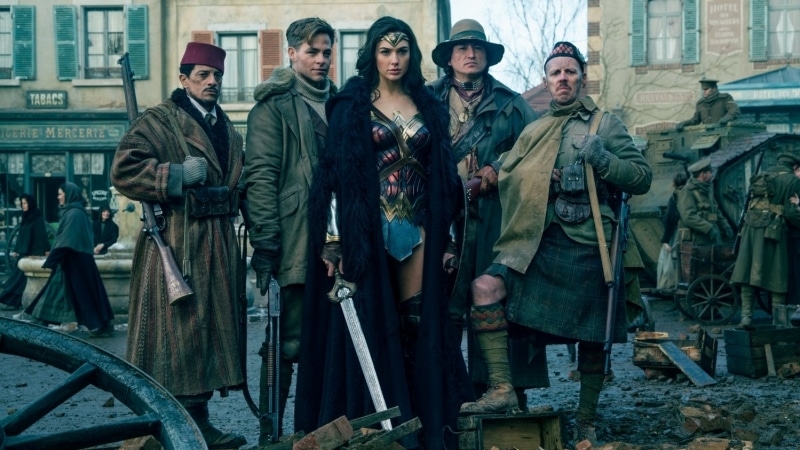
There is of course a plot thread revolving around love and romance. It is written, however, very carefully and Heinberg lets it unfold in a natural pace. And, what is more important, love is depicted here as a partnership of equals and doesn’t feel forced at all.
And, finally, the humour. DC Extended Universe is often criticised for the lack of such, although it’s not entirely true. Nevertheless, Wonder Woman is a little bit lighter than her predecessors. It definitely has more jokes here and there, but they are always very intelligent, balanced and never forced.
Patty Jenkins – a Wonder Woman of her own
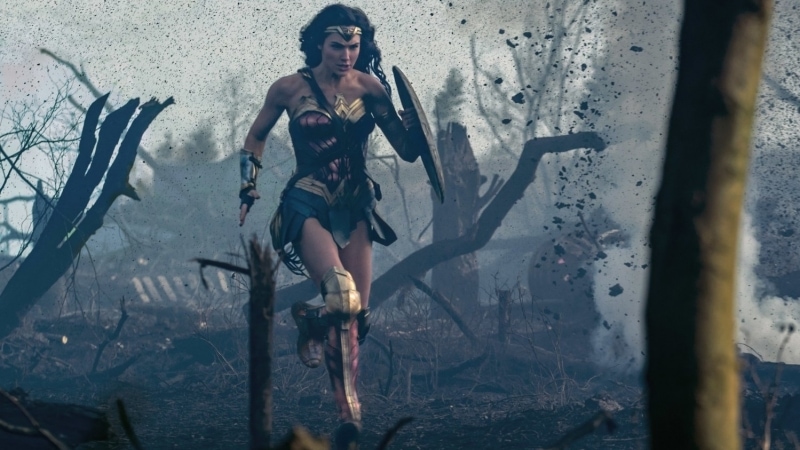
She is able to make perfect expositions scenes, she aptly executes humour and, most importantly, she shoots amazing action scenes. The frequent use of slow-motion may bother a part of the audience, but in my opinion the sequences are brilliant in how they highlight Wonder Woman’s unique fighting style. A perfect example of this is probably the most emotional scene of the film where Diana rushes towards German enemy on no man’s land to save captured civilians. And, yes, I also got teary-eyed here.
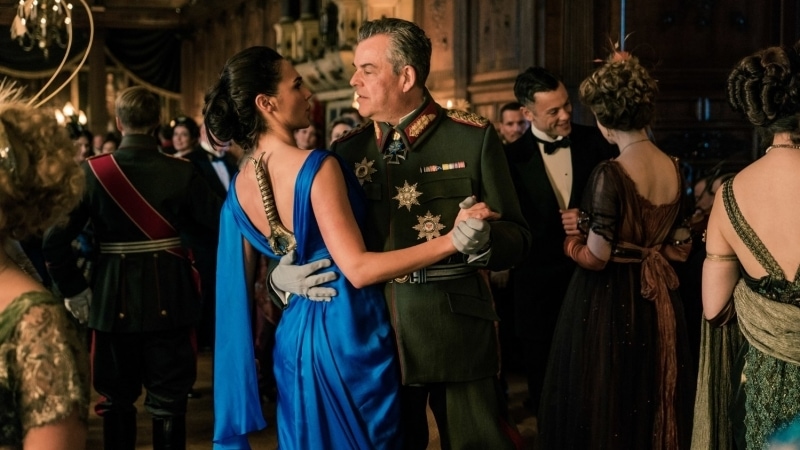
The special effects are somewhat uneven. There are fantastic sequences, like the one near the beginning of the film, when Hippolyta tells Diana the story about how Amazons came to be. Equally good are most of the fighting scenes, with deflected bullets flying around and people thrown and smashed. However, the third act of the film is a little bit problematic, as it is overpacked with CGI and doesn’t look so good. On the other hand, it didn’t bother me as much, as it wasn’t just an empty spectacle of what computers could do. Instead, every moment of the final fight was meaningful and helped to develop the main character, leading to a very Wonder Woman coda of the film.
Finally, the music by Rupert Gregson-Williams. It may be not particularly rememberable, as it is not theme-based (besides previously composed Wonder Woman theme by Hans Zimmer, which is featured on the soundtrack), but it is definitely very emotional and amplifies the way the film moves you. Especially in the most important scenes.
Wonderfully acted
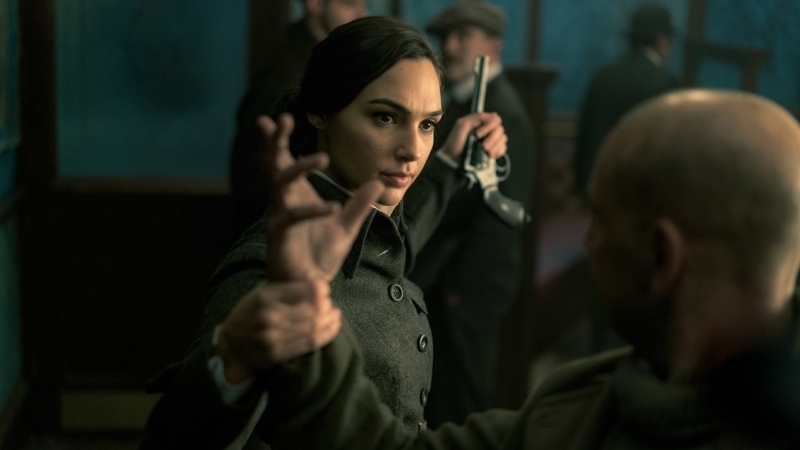
Equally good is Chris Pine, who combines his mischievous looks with heroism and humour. He knows the right moment when Steve Trevor should be a down-to-earth serious soldier and when a tongue-in-cheek sarcastic sidekick. The way he balances these two faces is really amazing.
You may also fall in love with Lucy Davis’s Etta Candy. She is almost taken right out of the early comic books, especially with an amazing sense of humour and a bit of clumsiness.
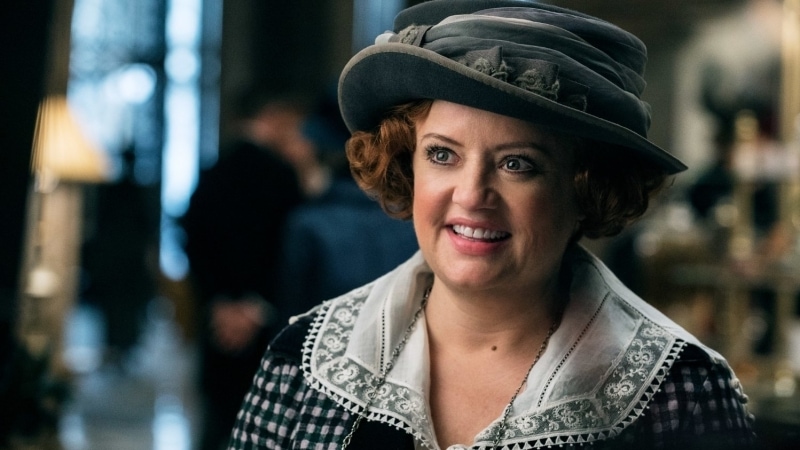
A separate paragraph should be devoted to the Amazons. I was so happy to see the film makers weren’t afraid to diversify the inhabitants of Themysicra and cast many women of colour. That’s the way to do it! The most important Amazon characters – besides Diana – are Hippolyta (Connie Nielsen) and Antiope (Robin Wright). They are complete opposites: Nielsen is sensible and delicate, while Wright is severe and ruthless at times. They complete each other in a most wonderful way.

Danny Huston and Elena Anaya play the villains. Huston is general Erich Ludendorff, a character loosely based on a real person. It’s a decent role, though Huston tends to overact a little bit, especially towards the finale of the film. But he is a pleasure to watch.
Anaya, on the other hand, overacts even a little bit more as reimagined Doctor Poison, but the effect is surprisingly good. And she makes a great use of her eyes, which – because of the fact that her character has a partial face prosthesis – is exactly what she should do.
Don’t wait, go to the cinema
Patty Jenkins has done the seemingly impossible. She has not only made a wonderful superhero film, but she has also made it work on so many different levels. You should definitely see it yourselves: you won’t be disappointed. I’ve seen it two times already and wasn’t.
As usual, we’re very curious of your opinions. Make sure to share with us in the comment section below or on our Facebook or Twitter!









Finally read the review. I really liked and agree on pretty much everything you say.
And this is one of the movies who moved me to tears in a long time.
Also, I loved the storytelling and how new characters were introduced. It’s good that this movie wasn’t relaying entirely on CGI effects and “meh” type of jokes.. Lately too much movies do that.